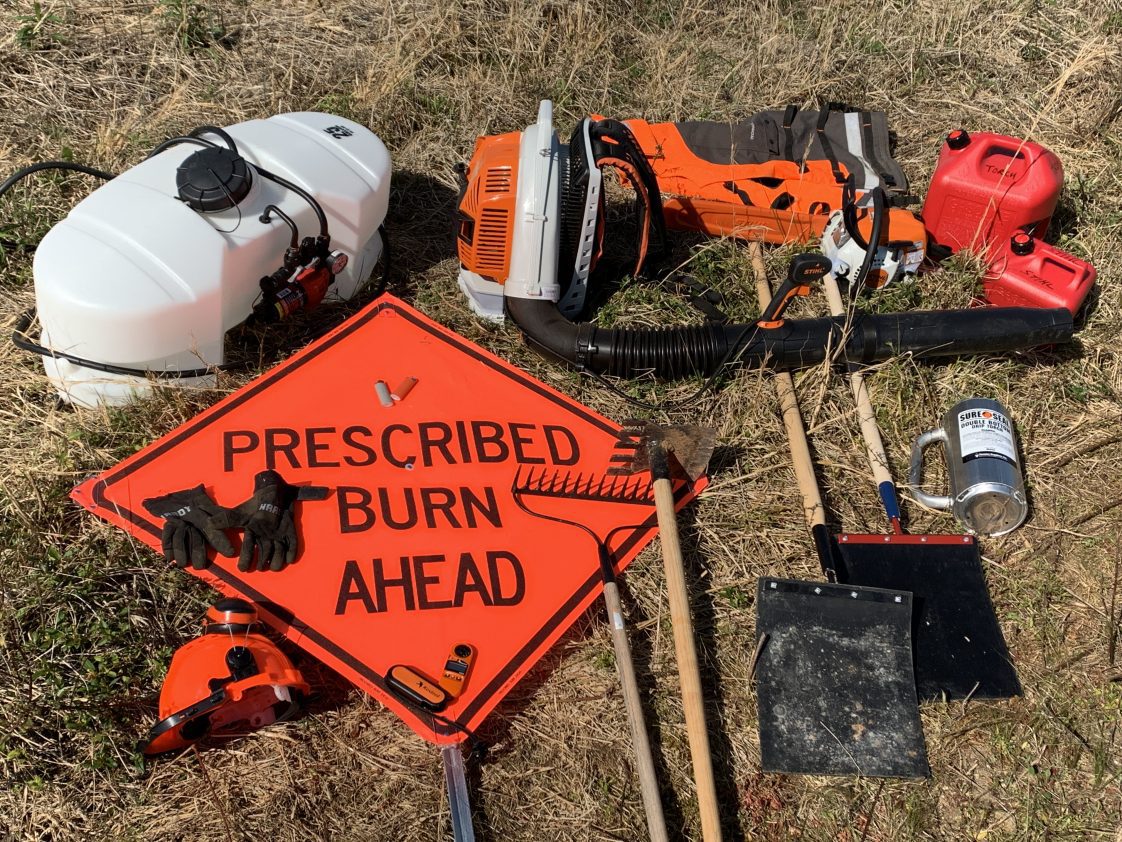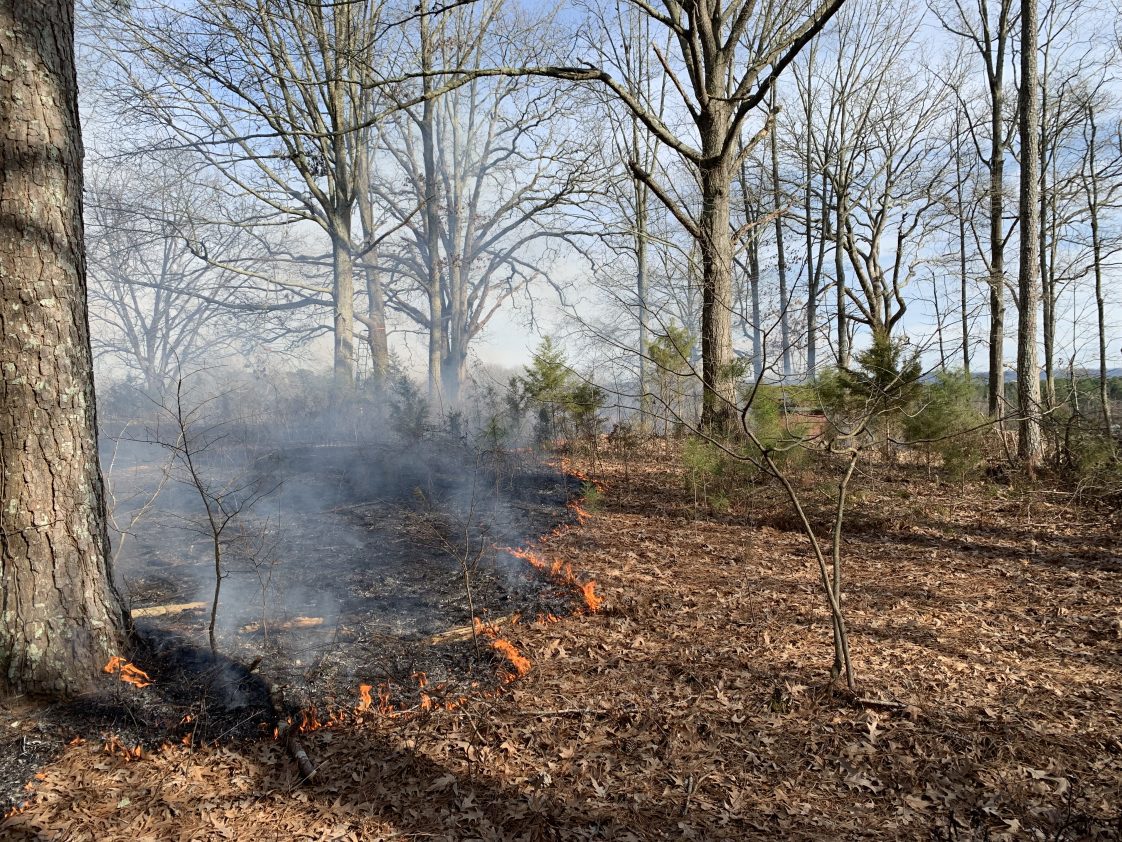Fire

After experiencing Alabama’s drought conditions at the end of 2023, which led to a statewide burn ban, many are gearing up or are back to conducting prescribed fires.
Timber and wildlife managers plan and conduct prescribed burns for many reasons and with many objectives in mind. When planning a burn, determining your objectives and conducting a burn to meet them should be at the forefront. Seasonality, intensity, and frequency of fire all play a vital role in determining whether you have achieved your goals within a burn or season.
Dormant-Season Burning
December through March is the dormant season in Alabama, a time when most burns are conducted in the Southeast. This is largely due to the reduced risk of damage to desirable timber, large windows of suitable burn days, comfortable conditions for the burners, and stable, consistent conditions that produce predictable fires. With so many choosing to conduct dormant burns, it is important to understand what burning during this time of year will achieve.
Wildfire Prevention
 From the perspective of wildfire prevention, that risk is reduced anytime fuels are consumed. Burning at most any time of the year will achieve the goal of reducing fuel load that could otherwise help carry or intensify a wildfire and a dormant season burn certainly provides that benefit.
From the perspective of wildfire prevention, that risk is reduced anytime fuels are consumed. Burning at most any time of the year will achieve the goal of reducing fuel load that could otherwise help carry or intensify a wildfire and a dormant season burn certainly provides that benefit.
Timber Production
In terms of timber production, the impact of dormant-season fire is often limited to litter consumption and killing undesirable seedlings. Rarely does intensity or ambient temperatures in this season provide the conditions necessary to girdle and kill competition. Yes, undesirable hardwood competition may be top killed, but they will resprout and continue to be a problem. One major value of dormant-season burns, in the name of timber production, is in stands that haven’t been burned in years and have accumulated a heavy litter or duff layer. Dormant-season burns help to safely reduce this fuel, so burns can be more safely conducted later. If choosing to burn off years of accumulated pine litter all at once during warm, growing-season temperatures or once all the litter has dried, a catastrophic loss in timber can be seen through the heat, intensity, and residence time of fire in those heavy fuels. This can lead to crown scorch and girdling of valuable timber. The cool temperatures and moisture in litter during much of the dormant season allows for partial consumption of accumulated fuels and cooler burns.
Wildlife
From a wildlife perspective (namely deer and turkey), the primary value of dormant-season fire is used to alter vegetation structure and reduce the litter to expose and spur on the seed bank of beneficial grasses and forbs to respond. Fire can help create overhead cover and open-ground structure that is beneficial to nesting and cover for many game and nongame species. If expecting an understory response in timber, keep in mind that if the canopy coverage exceeds 70 percent, this response will be limited, and you are back to simply reducing litter. This is why thinning, in combination with burning, is so beneficial for wildlife.
Dormant burns can also help maintain or set back succession in natural openings, power lines, or old fields, but it will not control established woody growth. Burning these early successional areas (growth from 1 to 6 years) can help maintain areas for deer browse, bedding cover, fawning cover, turkey nesting cover, and turkey brooding cover. However, repeated dormant-season burns result in woody encroachment and favor grasses that reduces wildlife use and value over time. It is important to note that 30 percent of grass coverage in openings has been found to be the sweet spot for turkey and deer use, as these species benefit much more from herbaceous forbs and legumes.
Summary
Dormant and growing season burns are tools we use as managers to achieve different outcomes. Regardless of why you choose to burn, plan and execute in conditions that meet your needs. To learn more, visit the Fire section of the Alabama Extension website, www.aces.edu

